Solayer is like a high-speed spaceship, carrying Solana's re-staking protocol and leading the revolution of liquidity and yield. The $LAYER token is the fuel and helmsman of this spaceship. It is not just a simple token; it is a bridge connecting users, developers, and the entire ecosystem. Today, let's dive deep into the charm of $LAYER, from its origin to practical applications and future potential. Don't worry, I'll use the most accessible language, combined with the latest developments, to take you on a journey. 💡
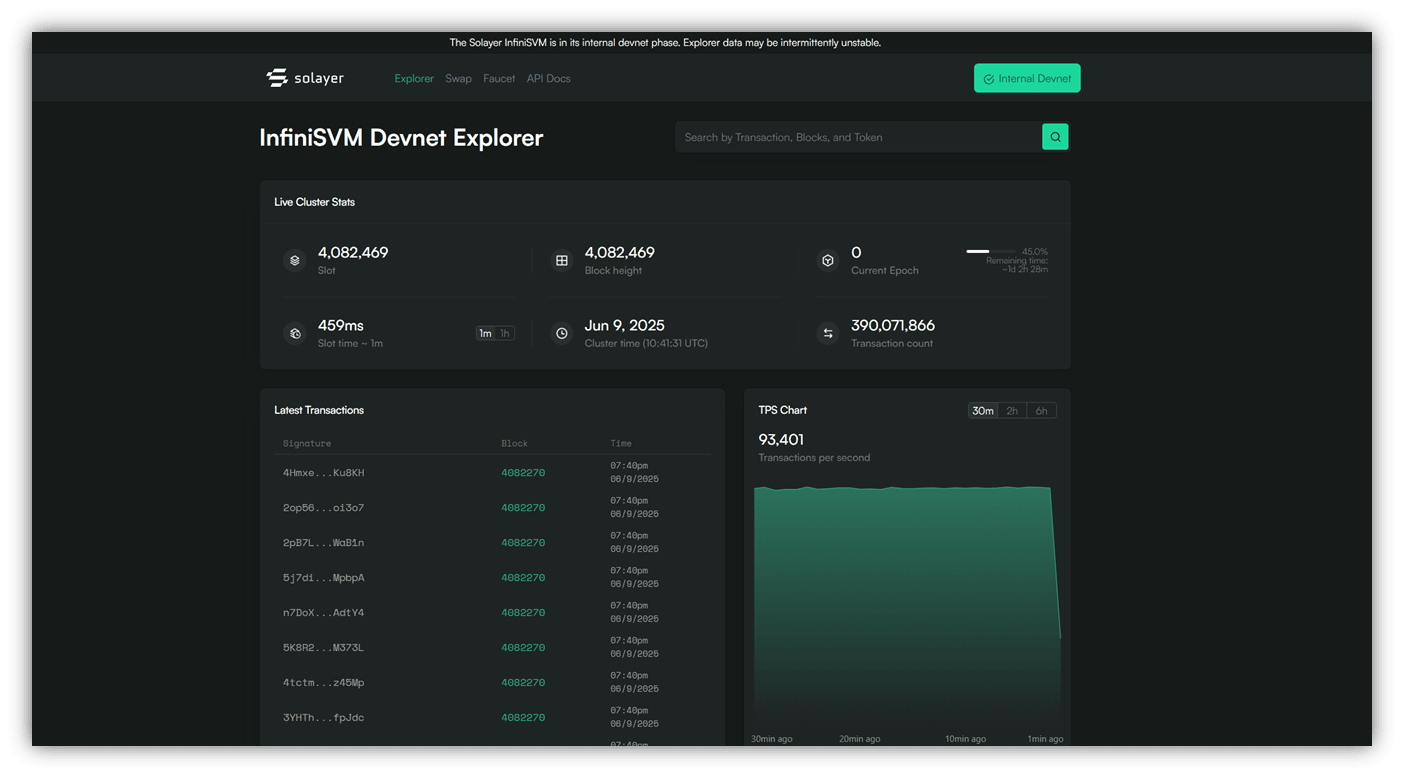
$LAYER's birth and background: Beginning with Solana re-staking 🛡️
Imagine, the Solana ecosystem is facing a bottleneck of high-performance demand, and Solayer emerges as a solution. As a protocol specifically designed for re-staking and liquidity re-staking on Solana, Solayer enables users to easily stake SOL or LST (liquid staking tokens), supporting various AVS (active validation services) and blockchain solutions to earn rewards. The $LAYER token is the core product of the Solayer Foundation, with a fixed total supply of 1 billion tokens and an initial circulating supply of about 220 million tokens. This is not a random number, but a carefully designed tokenomics that ensures long-term sustainability.
According to Solayer's official litepaper, $LAYER has been positioned as the governance and utility token of the ecosystem since the TGE (Token Generation Event) at the beginning of 2025. Its design was inspired by EigenLayer's re-staking mechanism but focuses more on Solana's hardware acceleration. Early airdrops and community sales have quickly built a user base for $LAYER, which currently stabilizes in the range of $0.55-0.57, with a 24-hour trading volume exceeding $20 million. This reflects market recognition—not speculation, but tangible practical value. 📈

In terms of token distribution, the Solayer Foundation wisely allocates a portion of tokens for community incentives, validator rewards, and developer rewards. For example, 11% of tokens are allocated for airdrop claims to encourage early participants. This distribution not only reduces centralization risks but also makes $LAYER a true symbol of decentralization. Just think, if you participated in Solayer's Season 1 activities, you could earn $LAYER rewards by staking sSOL, which is much more engaging than just holding, right? 😎
$LAYER's role in re-staking and liquidity: Yield multiplier 💰
Re-staking is Solayer's trump card, and $LAYER is the 'catalyst' within it. Users can stake SOL to convert to sSOL (Solayer's liquid staking token), maintaining asset liquidity while earning staking rewards. The core of sSOL is Mega Validator—a high-performance validator that utilizes custom hardware and MEV (miner extractable value) rewards to provide top-tier APY (annual percentage yield). Here, $LAYER plays a key role: serving as a gas token for network transaction fees; at the same time, validators earn $LAYER rewards by securing the network.
For example, sSOL holders can seamlessly participate in DeFi applications such as lending or liquidity provision, while $LAYER serves as an additional incentive layer. Solayer's endoAVS (endogenous active validation services) further amplifies this, prioritizing transaction processing and improving dApp efficiency. Data shows that Solayer's TVL has surpassed $500 million, with over 295,000 users earning rewards. This is thanks to the governance functions of $LAYER—holders can vote on protocol upgrades, such as adjusting the economic model of re-staking to ensure security and yield balance.
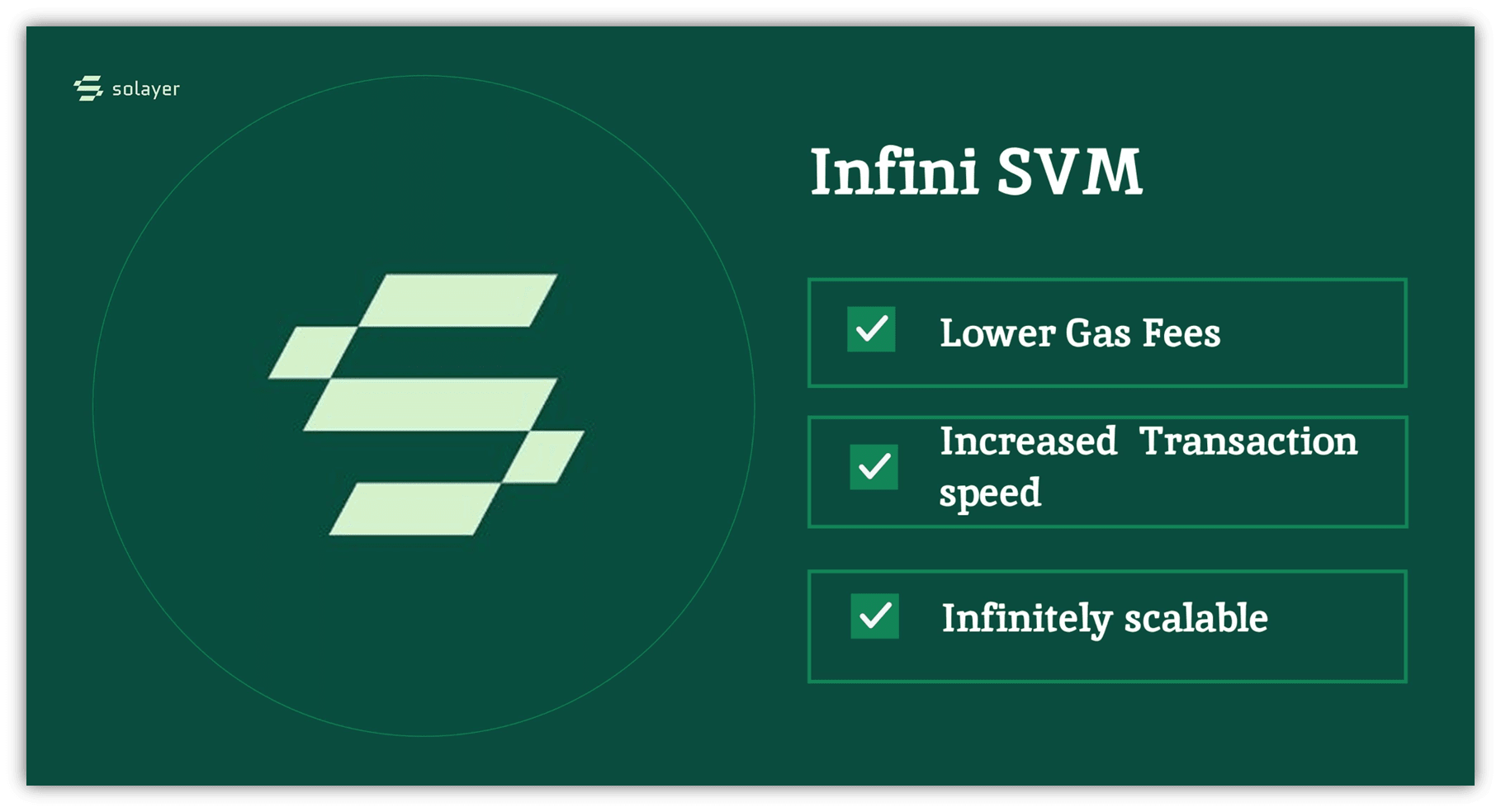
What's cooler is the integration of $LAYER with sUSD. sUSD is a yield-bearing stablecoin, pegged to the US dollar and backed by US Treasury bonds, providing 4-5% annual yield. As a decentralized stablecoin, sUSD enables users to achieve stable appreciation in the on-chain economy, while $LAYER rewards incentivize holders to lock in for the long term. In simple terms, $LAYER is not just a 'coin', but the 'economic engine' of the ecosystem, turning re-staking from a concept into a daily tool. 🔥
Emerald Card and $LAYER rewards: A new way of living on-chain 🎁
If you think cryptocurrency is still limited to screens, the Solayer Emerald Card will change your perception. This Visa-compatible card allows users to spend directly with USDC, supporting Apple Pay and Google Pay, and even global ATM withdrawals. The Emerald Card is not isolated; it is deeply embedded in the $LAYER ecosystem: earn Emerald points with every transaction, which can be redeemed for future $LAYER token rewards.
Solayer's Season 2 rewards program is now live, offering multiple rewards based on spending amounts—such as earning 1500 points for a $500 transaction. Points can be exchanged not only for tokens but also to unlock partner airdrops, VIP events, and merchandise. Genesis airdrop users only need a $10 activation fee to skip the waiting list. More professionally, the Emerald Card is powered by InfiniSVM technology, a hardware-accelerated SVM execution environment that achieves 1M TPS (transactions per second) and millisecond-level latency. $LAYER acts as a bridge here: points can be redeemed for $LAYER, stimulating a consumption cycle and forming a closed-loop economy.
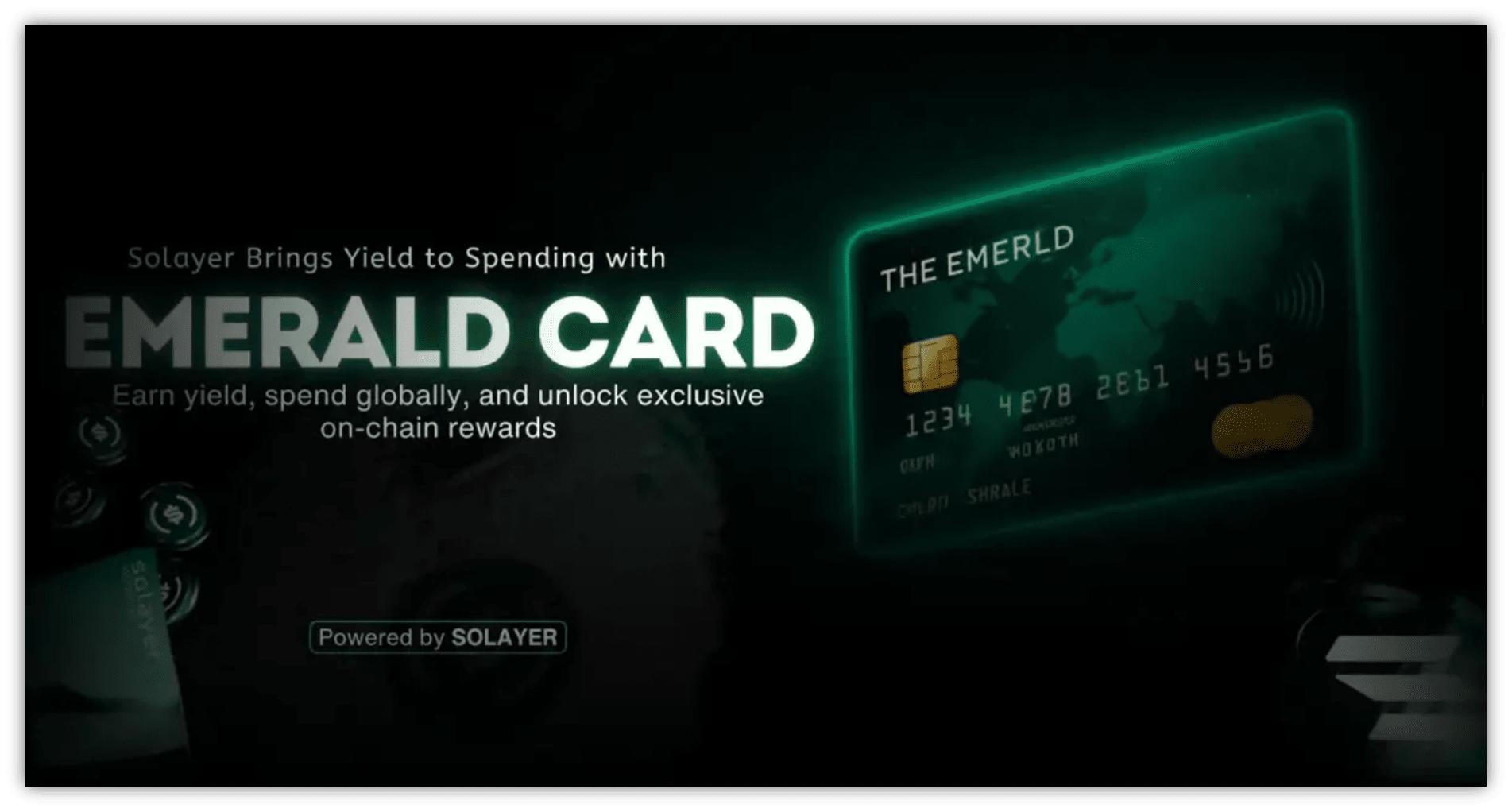
Data shows that over 40,000 users have activated the Emerald Card, combined with 60% hotel discounts from Solayer Travel, turning $LAYER from an 'investment product' into a 'necessity'. Holding $LAYER also allows discounts based on Solana ID levels, for example, level 1-2 users only need to activate with 10 USDC. This design not only enhances user loyalty but also makes the practicality of $LAYER far exceed that of many governance tokens. 🌍
InfiniSVM empowers $LAYER: The unsung hero behind performance breakthroughs 🚀
Solayer's core competitive advantage lies in InfiniSVM—a hardware-accelerated blockchain that is infinitely scalable. Utilizing RDMA, InfiniBand, and a multi-executor model, InfiniSVM achieves near-zero latency and horizontal scalability, currently reaching over 340k TPS in the devnet phase, with a goal of 1M TPS. What does this mean for $LAYER? Higher network efficiency directly translates to more reward opportunities.
$LAYER serves as a gas token, ensuring smooth transactions; at the same time, developers use $LAYER to govern the protocol and optimize SVM compatibility. Existing Solana applications can migrate to Solayer without major changes, enjoying hardware acceleration. The litepaper emphasizes that the consensus expansion and transaction scheduling of InfiniSVM allow $LAYER holders to benefit from ecological growth. For example, the role of sSOL in dApps, incentivized by $LAYER, aids in the expansion of network bandwidth.
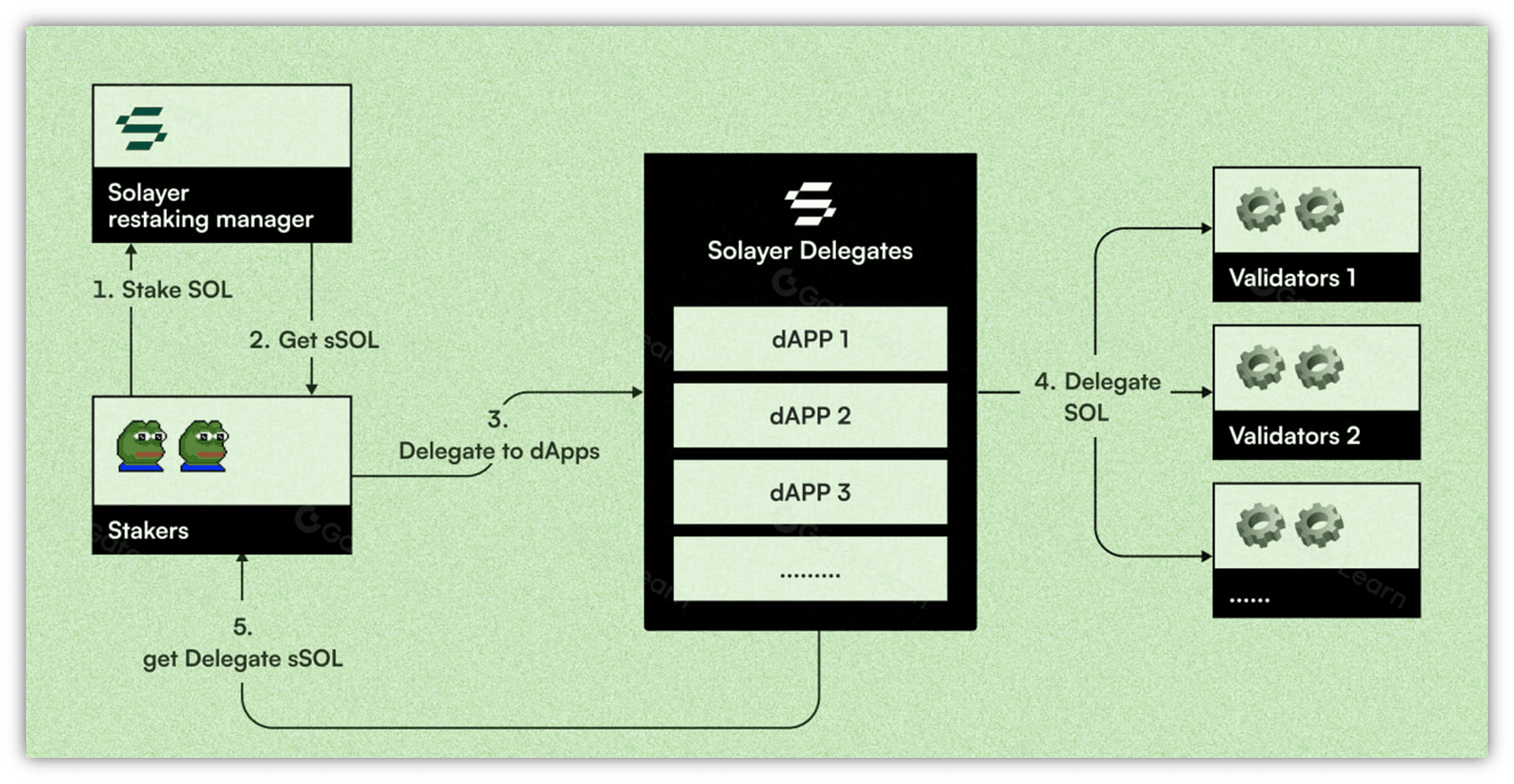
From a professional perspective, this addresses the performance bottleneck of blockchain: software optimization has reached its limits; hardware acceleration is the future. The tokenomics design of $LAYER ensures that a portion of the tokens is used for R&D incentives, driving the iteration of InfiniSVM. The result? Solayer becomes the fastest blockchain in production environments, supporting large-scale financial use cases. 🌟
$LAYER's future outlook: A new chapter in decentralized finance 🔮
Looking ahead to the second half of 2025, the potential of $LAYER is limitless. As Season 2 progresses, more airdrops and community activities will release token value. Solayer's vertically integrated stack—from infrastructure to real-world payments—makes $LAYER the 'liquidity revolutionary' of the Solana ecosystem. Governance upgrades may introduce more DeFi integrations, such as cross-chain compatibility with EVM, expanding the user base.
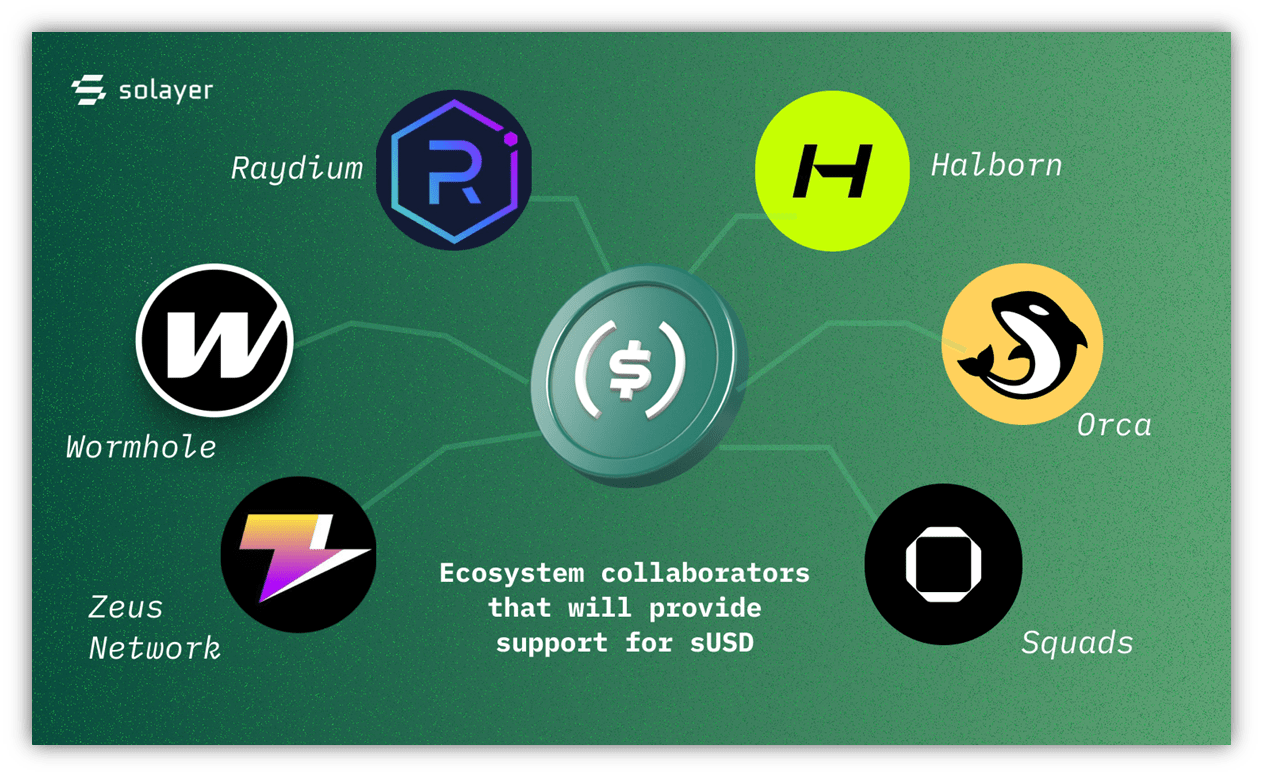
Of course, there are risks: market volatility and regulatory uncertainty. But the backing of Solayer—VCs like Binance Labs and Polychain, combined with open-source tools and a developer-friendly environment, allows $LAYER to stand firm. Currently, it has reached an ATH of $3.42, and the current price point presents a good opportunity for positioning. In summary, $LAYER is not a short-term speculation but a long-term value anchor. Join Solayer, stake sSOL, and use the Emerald Card; you will find that $LAYER is quietly changing your crypto life. 💪



